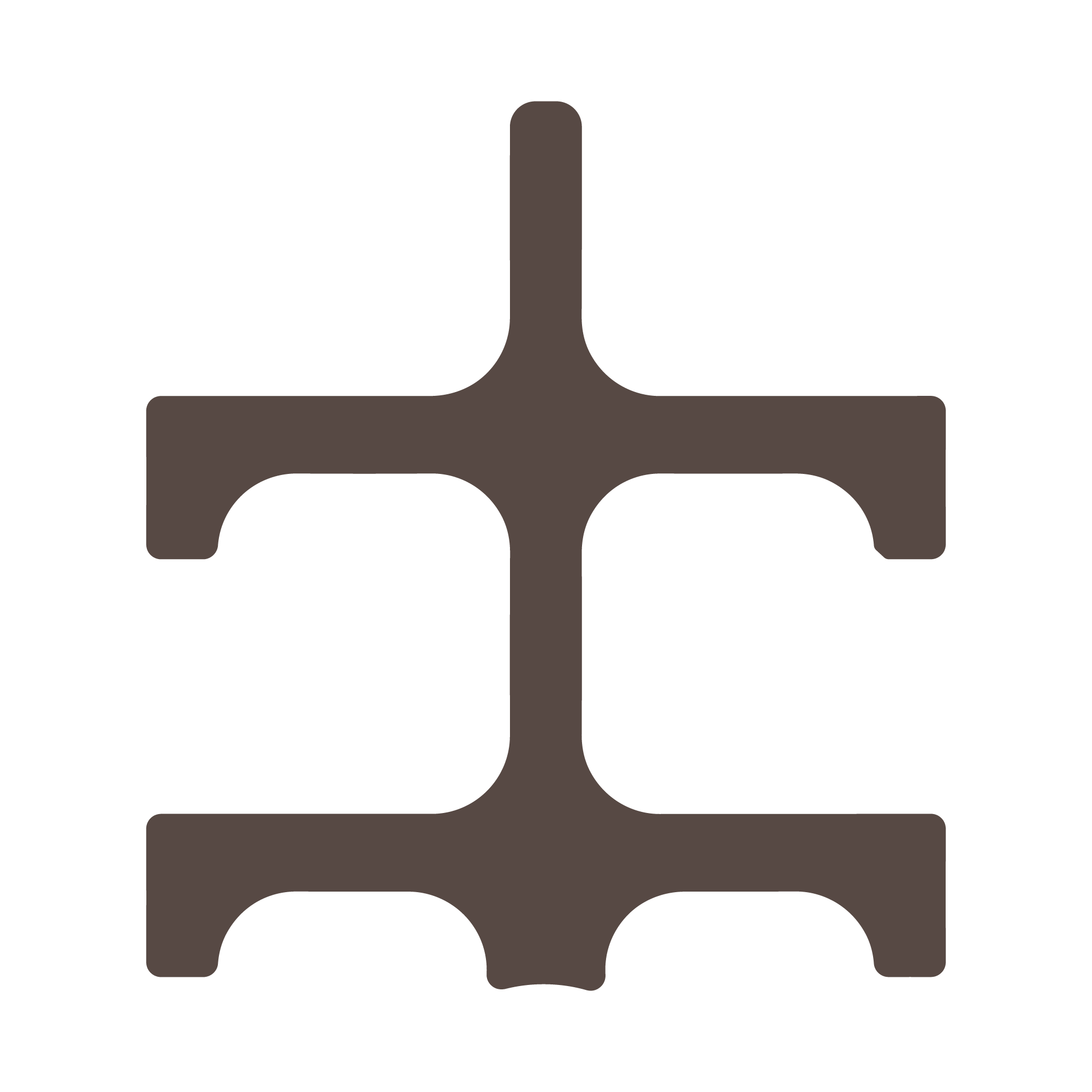
Annunciation, 2022
Archival Pigment Ink, Acrylic on Canvas


Let The Moon In, 2022 & Let The Sun In, 2022
Archival Pigment Ink, Acrylic on Canvas

First Communion, 2023
Gold Leaf, Metal, 3D Print, Lacquer, Concrete Plinth

DO YOU KNOW HOW TO PRAY?
KÖNIG Galerie, Berlin
20 January – 18 February 2023
Dennis Osadebe's first solo show in Berlin, DO YOU KNOW HOW TO PRAY? is comprised of six new paintings, two stained glass works, and one sculpture, which the Lagos-based artist created expressly for this occasion. Osadebe has developed a unique pictorial language populated with figures that don masks, which routinely stare out at the viewer. The concept behind this new body of works is a question that has occupied Osadebe for years following his year of service in Nigeria, which has prompted an inquiry into belief systems, religion, and the nature of prayer. This investigation runs through the varied media in which the artist has worked in preparation for this exhibition and help to ground the modes of representation like stained glass, a medium that often adorns places of worship.
Osadebe’s universe is one that straddles the secular and the sacred, building scenes of radically flat spaces in which elements like the bars traditionally found on the windows of the artist’s native Lagos offer richly metaphorical structures. These bars recall those that are found in stained glass, but they are also integral to the paintings, where they gesture toward the possibility of seeing through while simultaneously exploring the intense flatness characteristic of Osadebe’s scenes. Each character in these works is also fitted with a pair of pink angel wings that hint at their dual status as earthly individuals and transcendent messengers. What it is that these angels bring to their scenes remains productively unresolved, as their appearance echoes the very essence of prayer as a means of communing with a spiritual realm. The choreography of Osadebe’s pictorial worlds engenders a predominantly quiet temperament, as the characters that populate these scenes refrain from grand gestures or excited animation. Osadebe creates pictures that are frequently inside of a given room, which appear domestic in nature, though in UNIVERSALISM (all works 2022), a sole figure sits on a blanket under a tree, legs crossed, laptop opened, surrounded by colourful leaves that have fallen all around. The leaves, blanket, as well as the background landscape, function as devices that refer to the two-dimensional mode of painterly representation, and return the gaze from the individual characters, again and again, to the surface of Osadebe’s paintings, where things exist as they are, free from the illusion of deep, perspectival space.
Osadebe continues in a recent tradition of painting that refuses to create characters that can become sites of projection, though his introduction of the mask as a device to hint at the constructed nature of representation is truly his own. The faces behind the masks are often hinted at, though they are never revealed; instead, the mask functions as a disguise, reminding viewers that there is something more to be seen, though what that is exactly will never be pictured. Is this a truth of what is entailed in the figurative language of painting? Like the act of prayer itself, a true moment of connection can only occur on an individual level, but the way of getting there can never be translated via an instruction manual.
The identity of a painting, and the imagined identity of the figures captured in it, find communion in DO YOU KNOW HOW TO PRAY?, impacting one another on a level playing field, as each work in this show offers a mode of reflection and meditation that is unique to an individual viewer. Prayer, like so many other forms of ritualized introspection, relies on the potential of triggers to elicit contemplation, and Osadebe has created a body of works that ground this potential in the unique forms of the painted picture, where terrestrially bound angels give just enough of their mystery to keep viewers occupied with what is right there in front of them, and what perhaps lies beyond.
